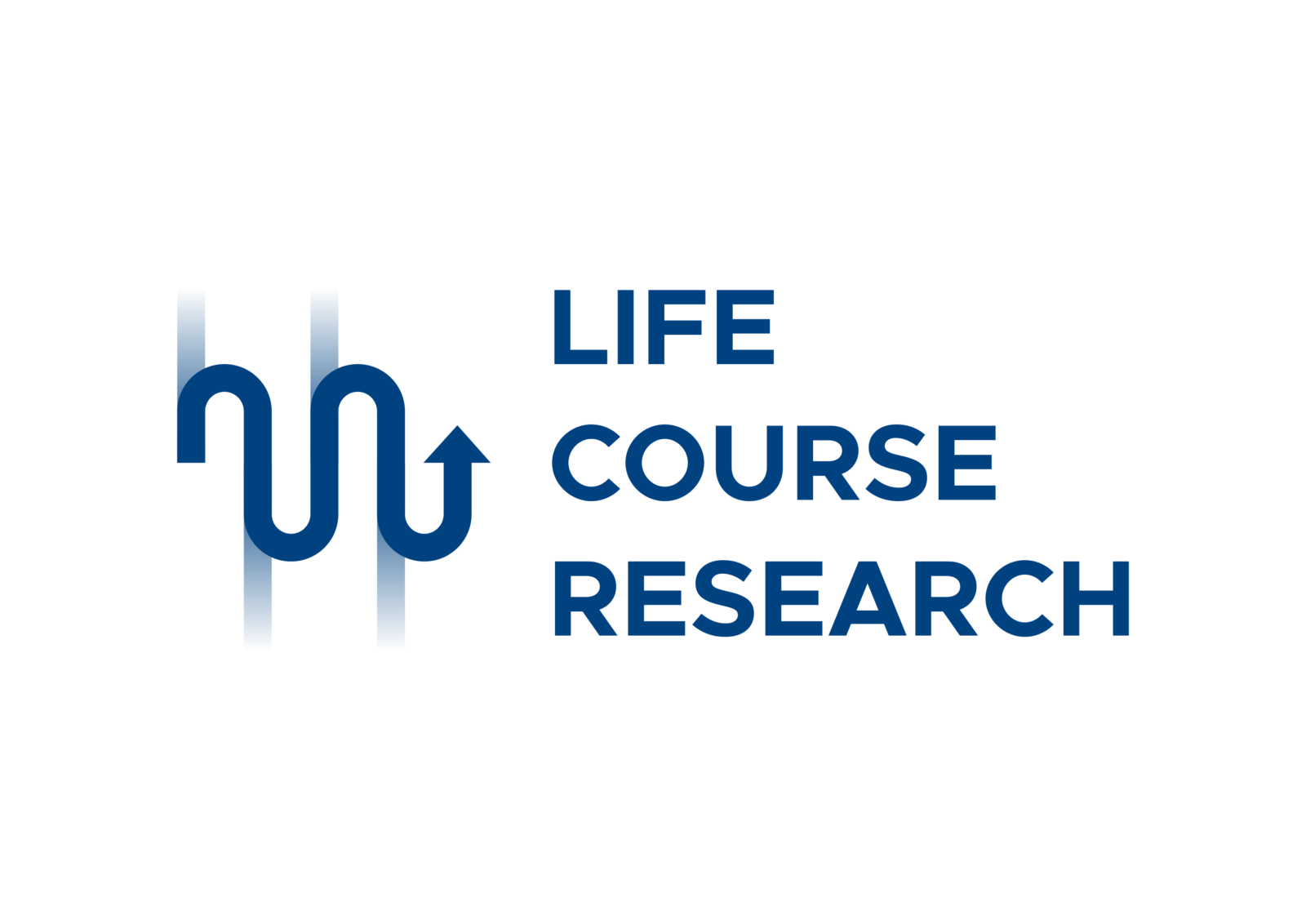Scadenza: 27 October 2021
Topic:
The proposals submitted to this Call should target at least one of the following two subchallenges: 1) the development of a full device or 2) the exploration of new physical principles for sensing/stimulation towards future devices.
Main objective of sub-challenge 1: Develop a fully functional prototype device or instrument and, if relevant, demonstrate efficacy and safety in animal models. The targeted device or instrument will address one or more of the barriers described above and will tackle an important clinical need.
While sub-challenge 1 targets the development of a full device relying on known physical principles, sub-challenge 2 aims at the discovery of new principles for monitoring or modulation of function for therapeutic purposes. These will enable future devices with radically improved features. A sub-challenge 2 proposal must seek substantial improvements with respect to existing technologies, for example an improvement in the spatial resolution of non-invasive techniques (e.g. to attain the millimeter-range, single-column, single-cell or singlecompartment), temporal resolution (e.g. single-spike), cell type-selectivity, deep-brain access at fine granularity, monitoring of metabolic-function correlations, or other unique features in line with the barriers described above.
Under sub-challenge 2, proposers are expected to:
a) Provide in the proposal a scientific rational for the new approach. This could rely on existing experimental data or on a solid theoretical analysis.
b) Develop the technology required to test the proposed concept, if specific new hardware is necessary.
c) Execute experimental work seeking to demonstrate that monitoring or modulation of activity in neuronal tissue is viable with the proposed methodology.
d) Optimise the methodology and deliver the technology to the community in a form that facilitates replication and re-use for future device-targeted projects.
The end deliverable of proposals or workpackages targeting sub-challenge 2 must be a description of the technique, data sets and demonstrator hardware as/if required by the novel technique.
Programma:
Horizon Europe – the Framework Programme for Research and Innovation
Ente finanziatore:
EU
Budget complessivo:
The total indicative budget for this call is EUR 132 million
Who can participate:
This Pathfinder Challenge supports collaborative research and innovation from consortia or applications from single legal entities. In case of a consortium your proposal must be submitted by the coordinator on behalf of the consortium that includes at least two independent legal entities. Consortia of two must have independent legal entities from two different Member States or Associated Countries. Consortia of three or above follow standard rules i.e. at least one legal entity must be from a Member State.The legal entities may for example be universities, research organisations, SMEs, start-ups, natural persons. In the case of monobeneficiary projects, mid-caps and larger companies will not be permitted.
Status:
Closed
Quota finanziabile:
100%
Topic:
The proposals submitted to this Call should target at least one of the following two subchallenges: 1) the development of a full device or 2) the exploration of new physical principles for sensing/stimulation towards future devices.
Main objective of sub-challenge 1: Develop a fully functional prototype device or instrument and, if relevant, demonstrate efficacy and safety in animal models. The targeted device or instrument will address one or more of the barriers described above and will tackle an important clinical need.
While sub-challenge 1 targets the development of a full device relying on known physical principles, sub-challenge 2 aims at the discovery of new principles for monitoring or modulation of function for therapeutic purposes. These will enable future devices with radically improved features. A sub-challenge 2 proposal must seek substantial improvements with respect to existing technologies, for example an improvement in the spatial resolution of non-invasive techniques (e.g. to attain the millimeter-range, single-column, single-cell or singlecompartment), temporal resolution (e.g. single-spike), cell type-selectivity, deep-brain access at fine granularity, monitoring of metabolic-function correlations, or other unique features in line with the barriers described above.
Under sub-challenge 2, proposers are expected to:
a) Provide in the proposal a scientific rational for the new approach. This could rely on existing experimental data or on a solid theoretical analysis.
b) Develop the technology required to test the proposed concept, if specific new hardware is necessary.
c) Execute experimental work seeking to demonstrate that monitoring or modulation of activity in neuronal tissue is viable with the proposed methodology.
d) Optimise the methodology and deliver the technology to the community in a form that facilitates replication and re-use for future device-targeted projects.
The end deliverable of proposals or workpackages targeting sub-challenge 2 must be a description of the technique, data sets and demonstrator hardware as/if required by the novel technique.
Who can participate:
This Pathfinder Challenge supports collaborative research and innovation from consortia or applications from single legal entities. In case of a consortium your proposal must be submitted by the coordinator on behalf of the consortium that includes at least two independent legal entities. Consortia of two must have independent legal entities from two different Member States or Associated Countries. Consortia of three or above follow standard rules i.e. at least one legal entity must be from a Member State.The legal entities may for example be universities, research organisations, SMEs, start-ups, natural persons. In the case of monobeneficiary projects, mid-caps and larger companies will not be permitted.
Programme:
Horizon Europe – the Framework Programme for Research and Innovation
Consortium:
Status: Open
Total budget:
The total indicative budget for this call is EUR 132 million
Funding rate:
100%



